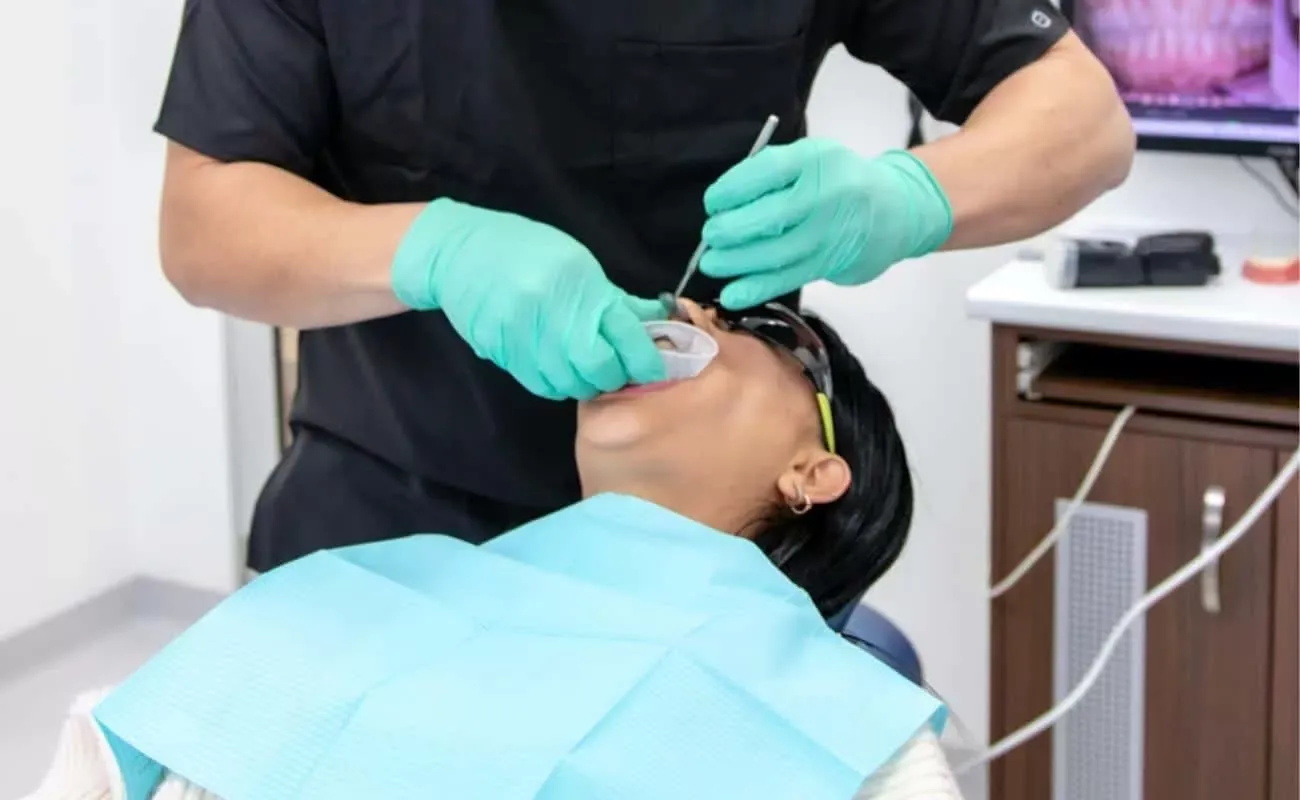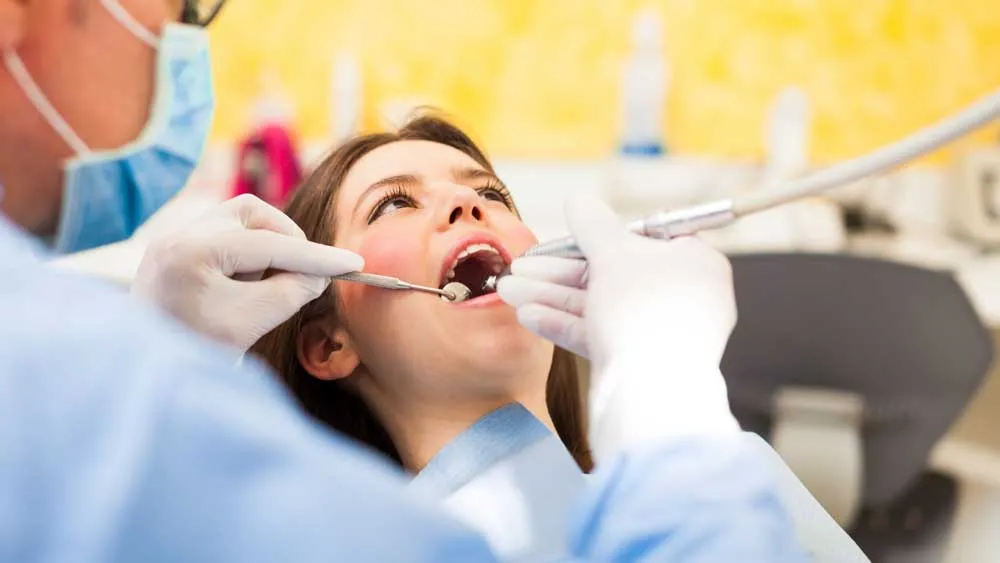
Which Dental Abscess Treatment Works Best for Fast Relief?
Few dental issues are as painful and disruptive as a dental abscess. The throbbing pain can make eating, sleeping, or even concentrating nearly impossible. Beyond discomfort, however, a dental abscess represents a serious infection that requires prompt professional attention. A dental abscess is essentially a pocket of pus that forms when bacteria invade the tissues inside the tooth or surrounding gums. Left untreated, it can lead to severe complications including the spread of infection to the jaw, neck, or even bloodstream.
In this article, we’ll explore what a dental abscess is, what causes it, how to relieve the pain quickly, and which dental abscess treatments provide long-lasting results. We’ll also cover how to prevent future infections and when to seek emergency dental care.
What Is a Dental Abscess?
A dental abscess occurs when bacteria enter the tooth or gums and cause a buildup of pus. This infection usually begins when dental decay, trauma, or gum disease allows bacteria to reach deeper tissues. As the infection progresses, pressure builds inside the affected area, leading to swelling, pain, and inflammation.
Periapical Abscess: Infection at the Root Tip
A periapical abscess forms at the tip of a tooth’s root. It typically starts when bacteria penetrate through a cavity or crack in the tooth, reaching the soft inner pulp. The pulp, which contains nerves and blood vessels, becomes infected and inflamed. As the infection grows, pus collects at the root, causing intense pressure and pain.
Periodontal Abscess: Infection in the Gums
A periodontal abscess, on the other hand, develops in the gum tissue next to a tooth. This type of abscess is often linked to gum disease, where pockets form between the gums and teeth, trapping food particles and bacteria. The infection can spread rapidly through the gum tissue, resulting in swelling and tenderness.
Common Causes of Dental Abscesses
Dental abscesses can arise from several causes, including untreated tooth decay, deep cavities, gum disease, fractured teeth, or even failed dental treatments such as an incomplete root canal. In some cases, trauma to the mouth can also lead to infection if bacteria enter damaged tissue. Regardless of the cause, one fact remains constant dental abscesses require professional treatment to eliminate the infection and restore oral health.
Common Symptoms to Watch For
The first sign of a dental abscess is often a persistent, throbbing toothache that doesn’t go away. The pain may radiate to the jaw, ear, or neck and can worsen when lying down. Other symptoms include visible swelling in the gums, cheek, or jaw, which can make the face appear puffy or asymmetrical. Sensitivity to hot or cold temperatures is common, as is pain when biting or chewing.
Many people notice a bad taste in the mouth, caused by pus draining from the infected area. This can also lead to persistent bad breath. In more serious cases, the infection can cause fever, fatigue, or swollen lymph nodes in the neck. It’s important to understand that a dental abscess will not heal on its own. Without proper treatment, the infection can spread beyond the mouth, posing risks to your overall health.
Why Do Abscesses Cause So Much Pain?

The pain from a dental abscess results from pressure building up as pus accumulates in a confined space. The infected area becomes inflamed, and the swelling compresses nerves within the tooth or surrounding tissues. This constant pressure and inflammation are what cause the severe, pulsating pain that patients describe as unbearable. Pain relief methods can provide temporary comfort, but only a dentist can drain the abscess and treat the source of infection.
What Provides Fast Relief from Abscess Pain?
When a dental abscess strikes, most people are desperate for quick relief. While over-the-counter remedies can help ease discomfort, they should never replace professional care.
Over-the-Counter Pain Relievers
Medications such as ibuprofen or paracetamol can reduce pain and inflammation, providing short-term relief. It’s important to follow dosage instructions and avoid applying painkillers directly to the gums, as this can cause tissue irritation.
Cold Compress for Swelling
Applying a cold compress or ice pack to the cheek near the painful area can help reduce swelling and numb the discomfort. This method is especially effective when used intermittently 10 minutes on, 10 minutes off to prevent skin irritation.
Saltwater Rinse
Rinsing your mouth gently with warm salt water can help draw out some bacteria and soothe the affected gums. This simple home remedy promotes minor healing and keeps the area clean, but it cannot cure the infection. These measures may help manage symptoms temporarily, but lasting relief requires eliminating the infection at its source through dental treatment.
Professional Dental Abscess Treatments
Why Professional Care Is Essential
While home remedies can ease symptoms, the only effective way to treat a dental abscess is through professional dental intervention. Dentists have the tools and expertise to locate the infection, remove the pus, and restore the tooth or gums to health.
Drainage of the Abscess
The quickest way to relieve abscess pain is to drain the infection. During this procedure, the dentist makes a small incision in the swollen area to release the pus. This immediately reduces pressure and pain. After drainage, the area is cleaned thoroughly, and antibiotics may be prescribed to prevent the infection from returning.
Root Canal Treatment
If the abscess originates from inside the tooth, a root canal may be necessary. This involves removing the infected pulp, cleaning the root canals, and sealing the space to prevent reinfection. A crown is often placed afterward to strengthen the treated tooth. Root canal therapy is highly effective at saving natural teeth that would otherwise require extraction. Once completed, patients usually experience significant pain relief within a few days.
Tooth Extraction
If the tooth is too damaged or decayed to be restored, extraction may be the best option. Removing the infected tooth allows the pus to drain and eliminates the source of infection. After extraction, your dentist will provide aftercare instructions to promote healing and may recommend a dental implant or bridge later to restore the missing tooth.
Antibiotic Medication
In some cases, especially when the infection has spread beyond the tooth or causes facial swelling, antibiotics are prescribed. These medications help reduce bacterial growth and inflammation but must always be combined with drainage or dental treatment for complete recovery.
How to Prevent Dental Abscesses in the Future
Preventing dental abscesses begins with good oral hygiene and regular dental visits.
Daily Oral Care
Brushing twice daily with fluoride toothpaste removes food particles and plaque that harbor bacteria. Flossing once a day helps clean between teeth and along the gumline, where bacteria often hide.
Professional Dental Checkups
Regular dental checkups ideally every six months allow your dentist to detect cavities, gum infections, or cracks in teeth before they turn into abscesses. Early intervention prevents complications and saves time, money, and pain in the long run.
Healthy Lifestyle Choices
A balanced diet low in sugary snacks and drinks helps protect against decay. Avoiding habits such as smoking or using teeth to open bottles also reduces the risk of cracks and infections.
Prompt Treatment of Dental Issues
If you notice a toothache, swelling, or bleeding gums, seek treatment immediately. Delaying care gives bacteria time to spread deeper into the tissues, increasing the likelihood of abscess formation.
When to Seek Emergency Dental Care

A dental abscess is a true dental emergency, especially when symptoms worsen rapidly. You should contact an emergency dentist immediately if you experience severe, unrelenting pain, facial swelling, or difficulty swallowing.
If you develop a fever or notice redness spreading across your face or neck, the infection may have reached other parts of your body. In these situations, immediate medical or dental attention is essential to prevent life-threatening complications.
Emergency dentists can drain the abscess, prescribe antibiotics, and relieve pressure before performing a full treatment plan. Never attempt to pop or drain the abscess yourself, as this can worsen the infection or cause it to spread.
Recovery After Dental Abscess Treatment
Once treated, most patients begin to feel relief within a day or two. The swelling gradually subsides, and pain diminishes as the infection clears. It’s important to complete any prescribed antibiotics and attend follow-up visits to ensure proper healing.
During recovery, avoid chewing on the affected side, maintain gentle oral hygiene, and stick to soft foods if needed. Regular rinsing with warm salt water can help keep the area clean and promote healing.
The Importance of Preventive Dental Care
A dental abscess is often the result of neglecting small issues that could have been easily treated earlier. Routine dental checkups, consistent brushing and flossing, and prompt attention to tooth pain are the best defenses against infection.
Teaching children proper brushing habits and scheduling early dental visits can also set the foundation for lifelong oral health. Prevention truly is better and less painful than cure.
Conclusion
A dental abscess can be excruciating, but fast and effective treatments are available. While painkillers, cold compresses, and saltwater rinses may offer temporary relief, only a dentist can eliminate the infection and restore your oral health.
Professional treatments such as drainage, root canal therapy, or extraction provide both immediate relief and lasting protection. Acting quickly not only saves your tooth but also prevents serious complications that can affect your overall health.
The best way to avoid another abscess is through consistent oral hygiene, healthy lifestyle habits, and regular dental checkups. If you suspect a dental abscess, don’t wait. Contact dentist immediately early treatment ensures faster relief, prevents infection spread, and protects your smile for the long term.
